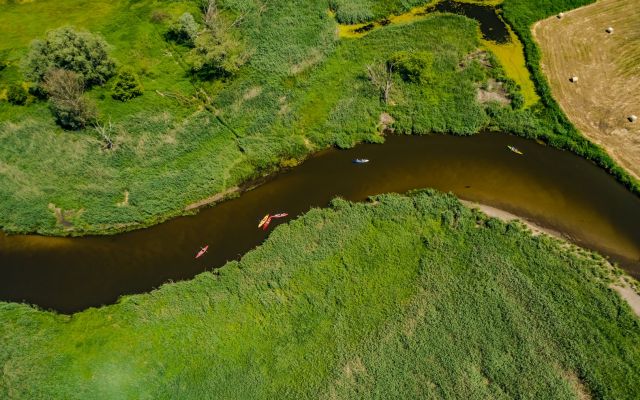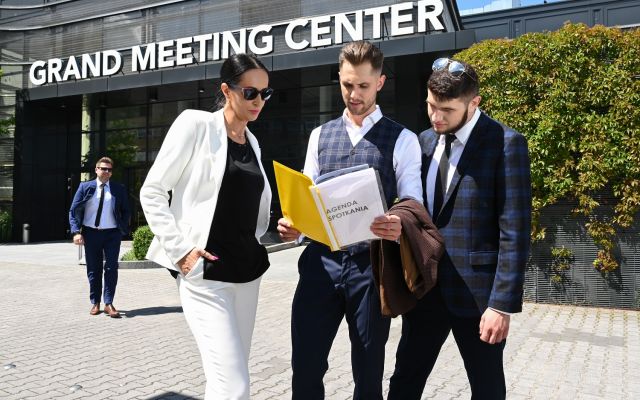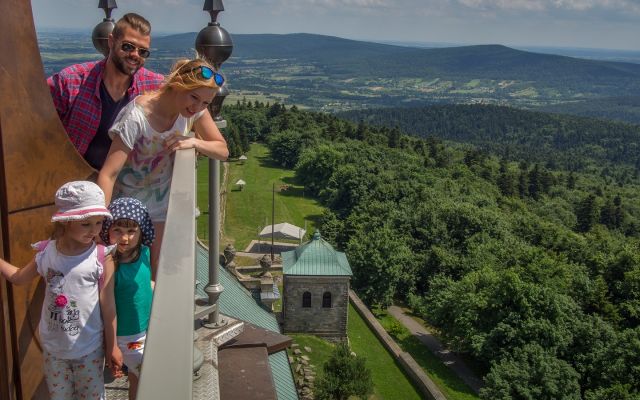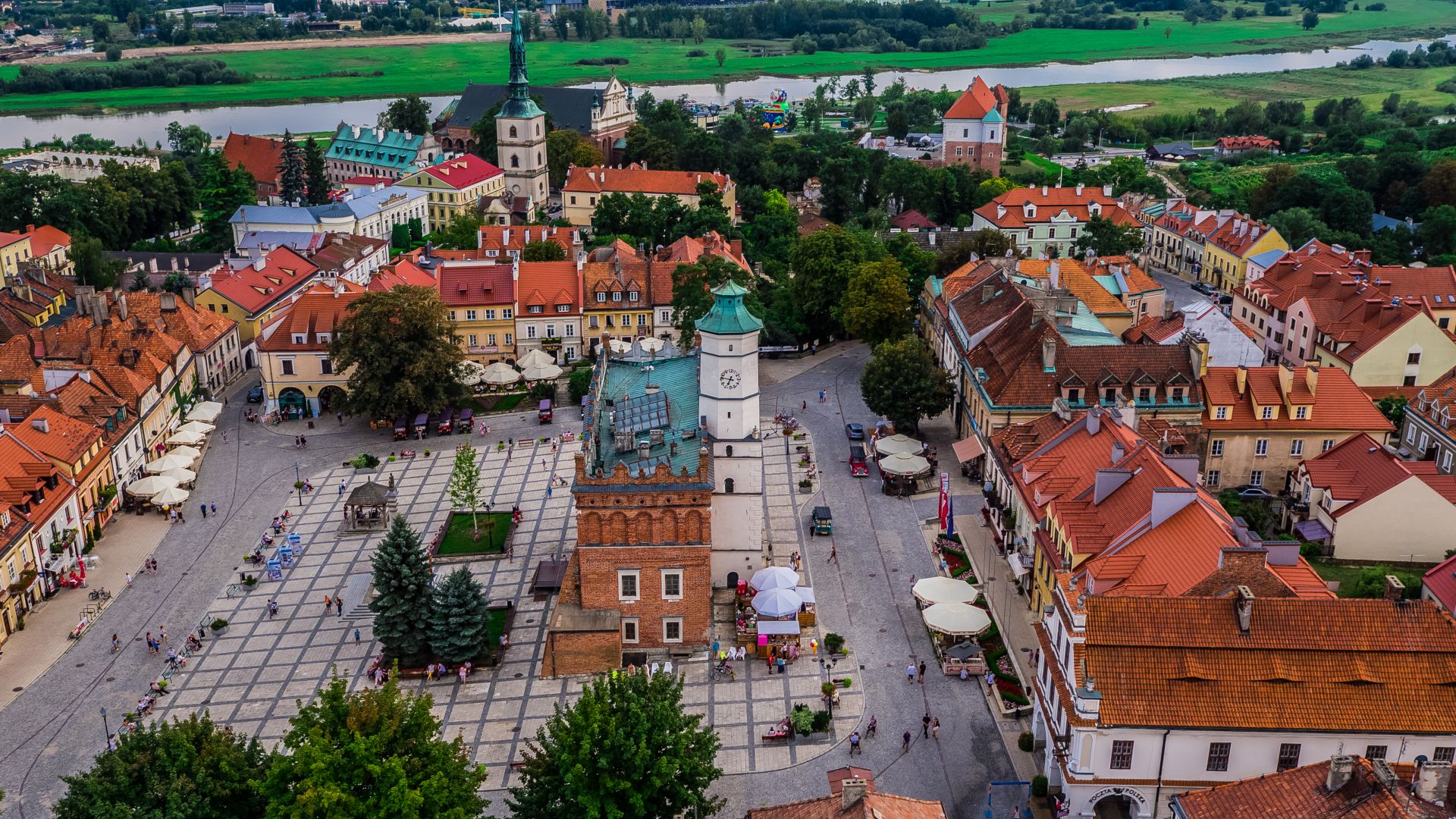
Sandomierz Royal City
Sandomierz gives us plenty of reasons to be admired. Walking through the narrow streets, among the low-rise townhouses and historic churches, is a journey through the realm of the senses. The murmur of conversation and the discreet aroma of coffee coming from the restaurant gardens, the taste of dishes prepared with local cheeses and fruits, the discreet beauty and optimism enchanted in striped flint jewellery create a unique setting for your relaxation.
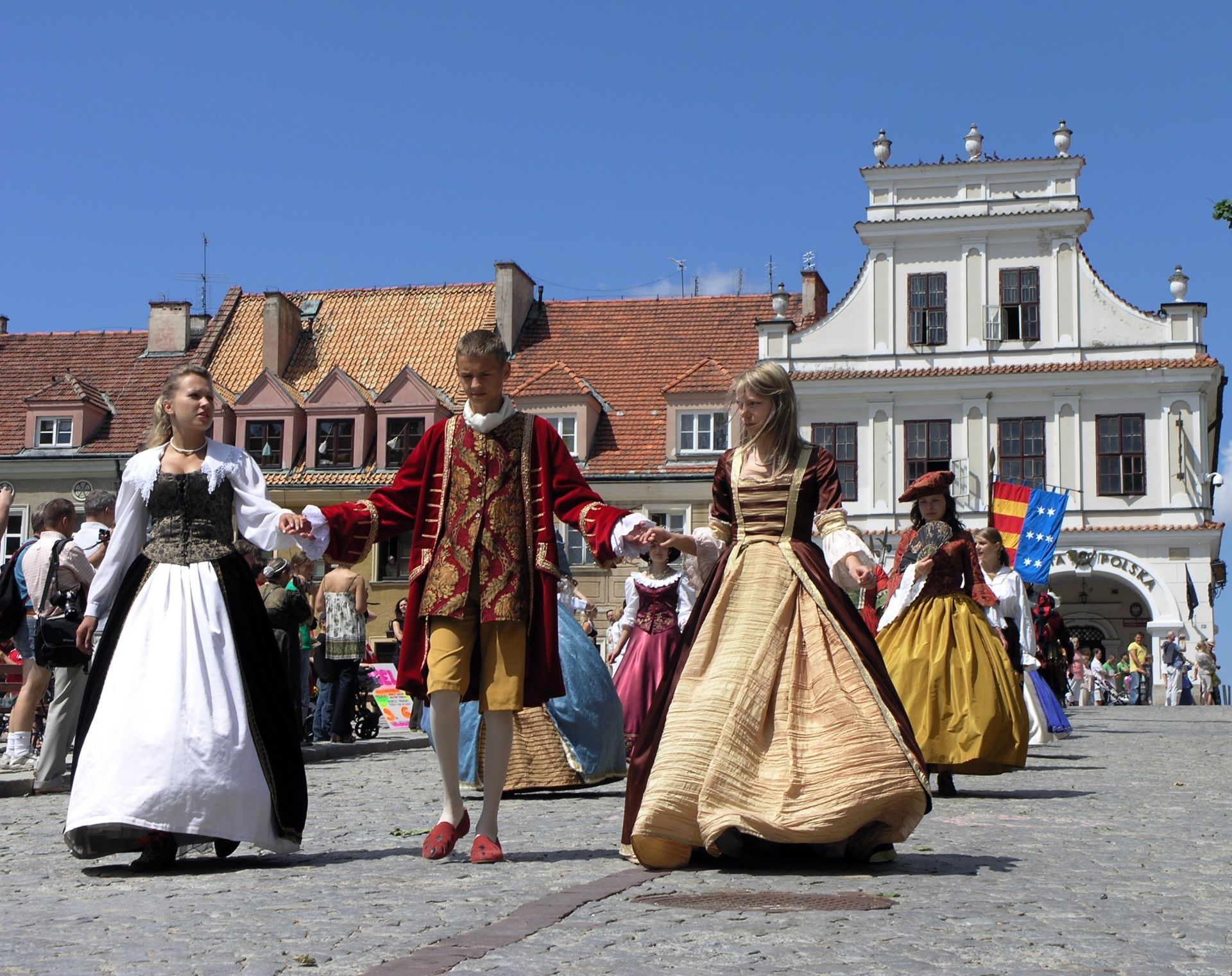
Sandomierz is situated on seven hills above the Vistula River at the meeting point of two geographical regions: Kielce-Sandomierz Upland and Sandomierz Basin. This royal city deserves at least a two-days stay to soak up its unique atmosphere. How is it created?

Walking through the streets of Sandomierz, it is worth realising that the city was first mentioned as early as in the 12th century in the records of Gall Anonim's Chronicle. Once the seat of princes and the residence of kings, over the centuries it developed as an important settlement on the trade route to Krakow and eastern Europe.
It is best to start your tour of Sandomierz from an excellent vantage point, the Opatowska Gate, from where you can admire the surrounding panorama. Look out for the beautiful 16th-century attic and fragments of the former ramparts surrounding the gate. The Church of the Holy Spirit, which is located next to Opatowska Gate and is connected to the monastery, is also worth a look.
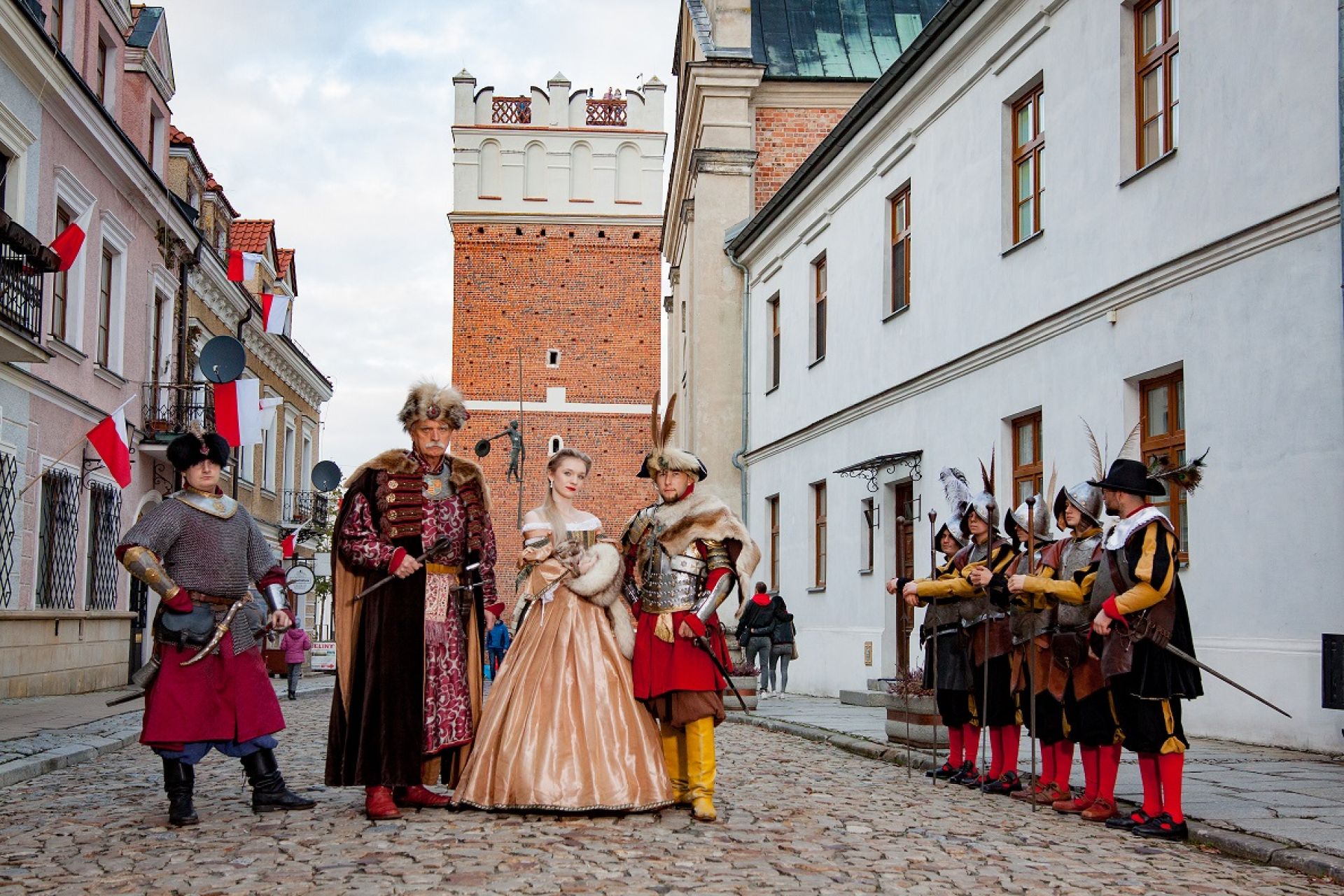
The medieval market square with a 14th-century town hall and 30 historic townhouses surrounding it. The Sandomierz town hall with its Renaissance attic is considered one of the most beautiful in Poland. It is undoubtedly one of the city's most treasured landmarks, favoured by artists and photographers. Seekers of architectural gems and historical curiosities will find several unusual places of interest in the Sandomierz market square:
- the late Gothic townhouse at no. 4
- the townhouse at no. 5 known as "Boboli Konwikt" from the 16th century
- the Oleśnicki Family Townhouse at no. 10
- at no. 12, a classic mid-19th century townhouse, the so-called "Odwach".
- at no. 14, the townhouse known as the House of Mikołaj Gomółka, the famous composer of King Sigismund the Old
- at no. 27, the townhouse known as "Ciżemka" from the 17th century
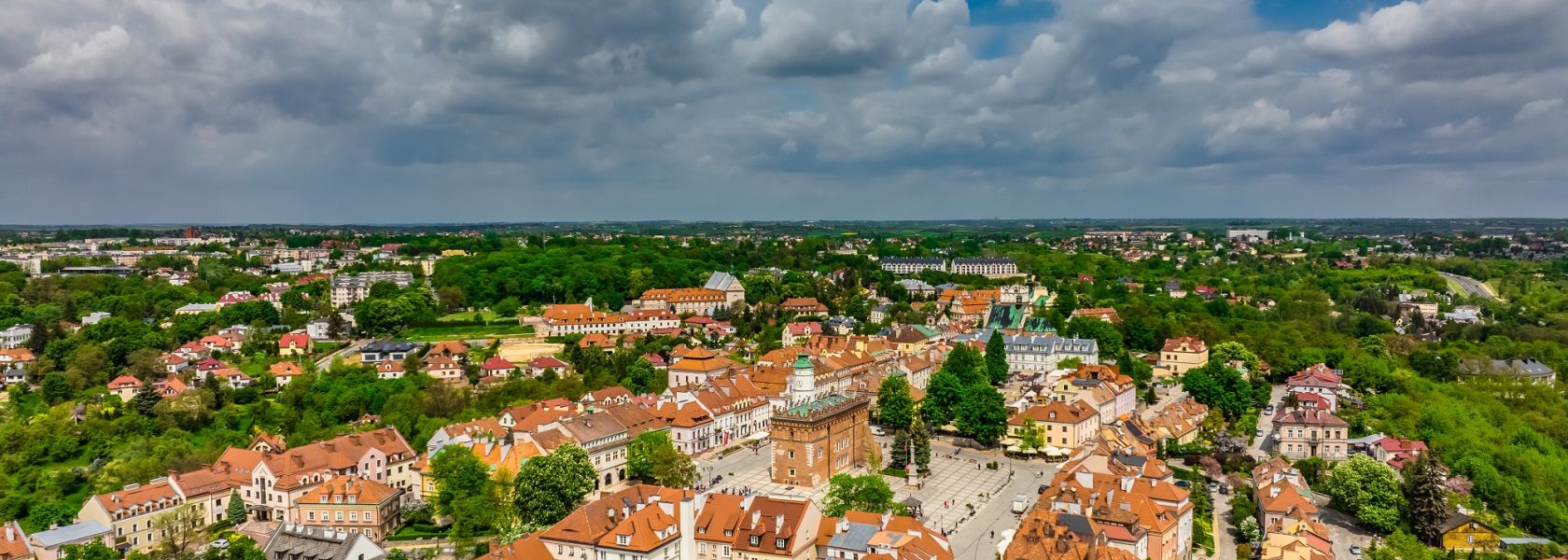
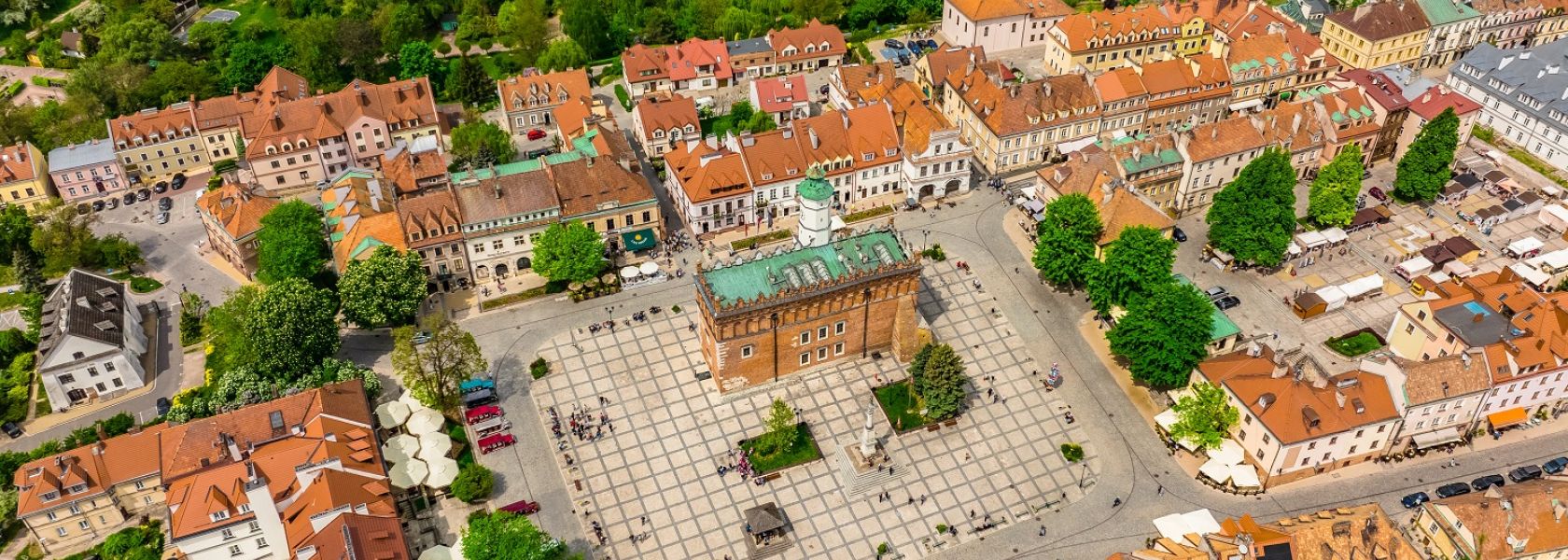

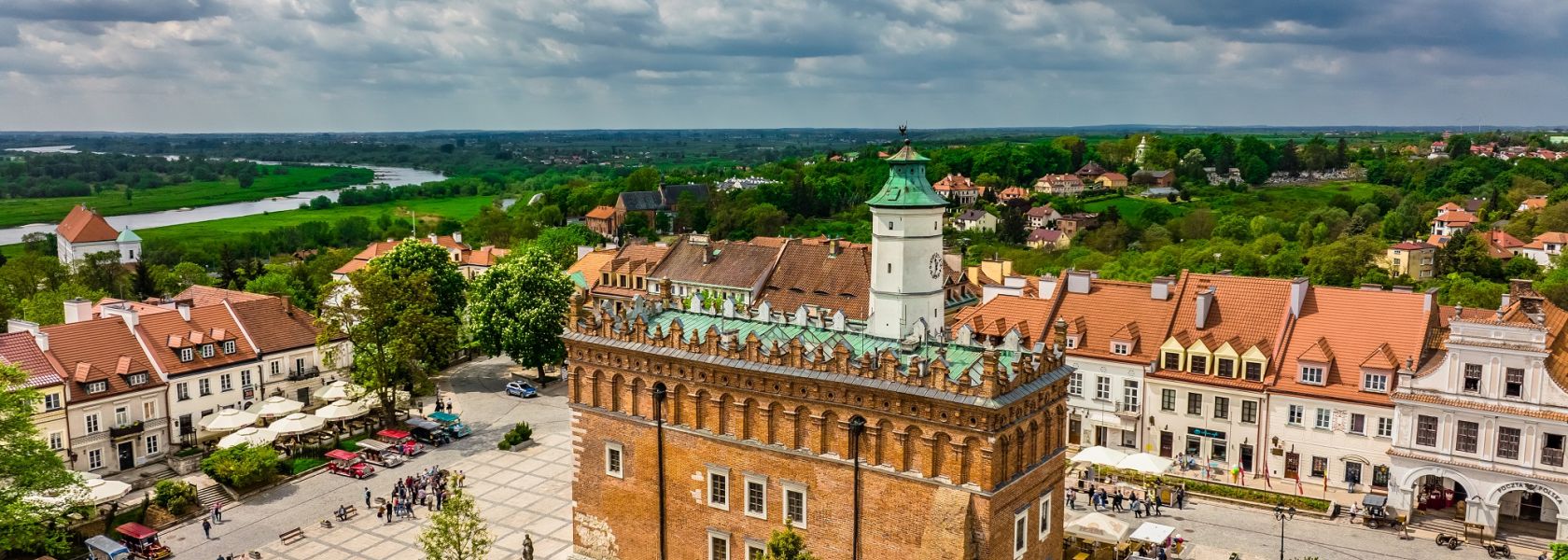
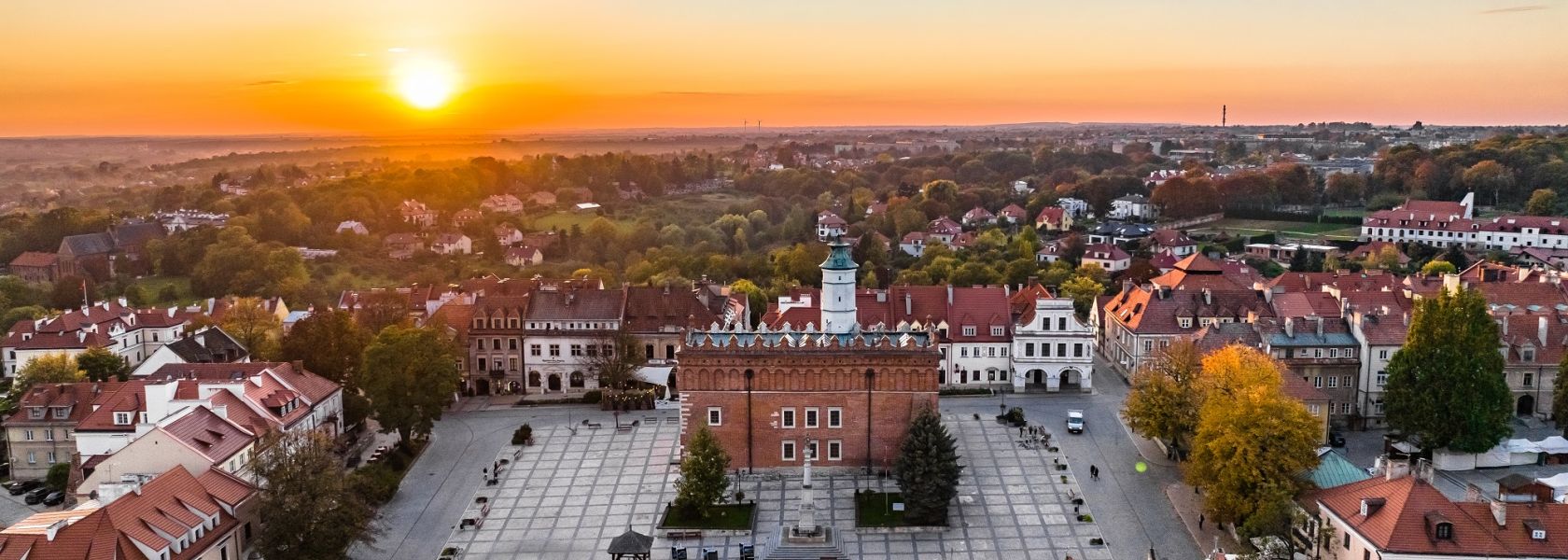
On the way to the Royal Castle, visit St Jacob's Church - one of the oldest brick-built churches in Poland. The former Romanesque temple, built in the first half of the 13th century for the Dominican Order, has enchanted many writers and enthusiasts of the Sandomierz region. The 14th-century church bells, currently the oldest in Poland, are particularly noteworthy.
The Royal Castle built by Casimir the Great, which has been destroyed and rebuilt several times over the centuries. It was built in the 14th century on the site of a former fortress and served as a royal residence from the 16th century onwards. Destroyed during the "Deluge" in 1656; only one wing survived, which John III Sobieski would transform into the main body. In 1817 it was turned into a prison, which existed until 1959. The surviving and refurbished wing houses the District Museum.
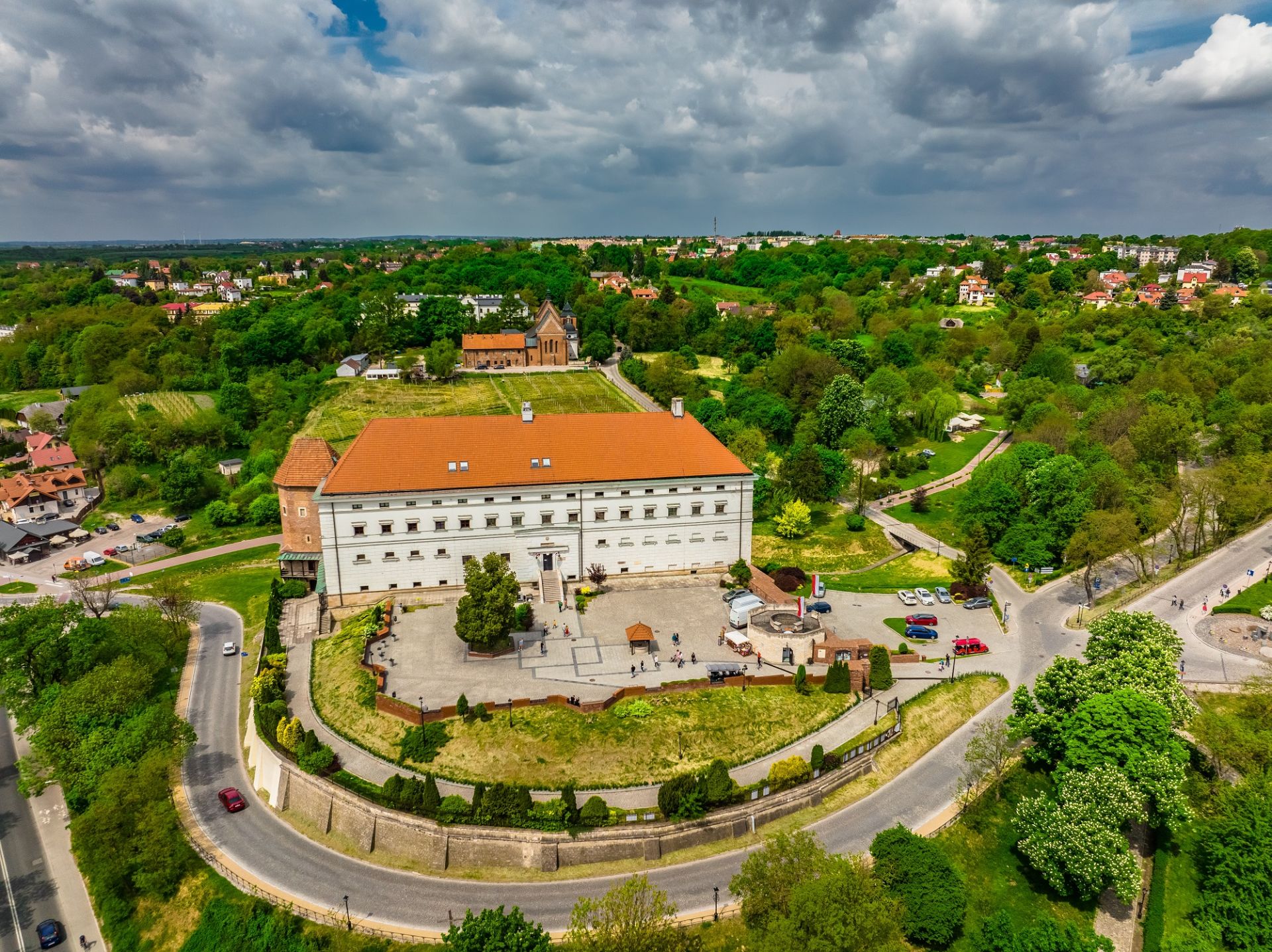
When visiting Sandomierz, do not miss the Cathedral Basilica of the Nativity of the Blessed Virgin Mary, which was built on the site of the original Romanesque collegiate church. The present church was built by King Casimir the Great in the second half of the 14th century. The lavish furnishings are sure to delight not only art connoisseurs. It is worth visiting at least for a few moments to see the restored Byzantine-Ruthenian frescoes, which were funded by Władysław Jagiełło himself and are one of only four of their kind preserved in Poland.
Collegium Gostomianum - one of the oldest secondary schools in Poland, founded as early as the beginning of the 17th century. The building has retained its original spatial layout, vault decoration and elliptical staircase, which is the oldest and unprecedented structure of its kind in Poland. As a curiosity, we can reveal that it was here that the protagonists of S. Żeromski's "Ashes" - Rafał Wolbromski and Krzysztof Cedro - were educated.
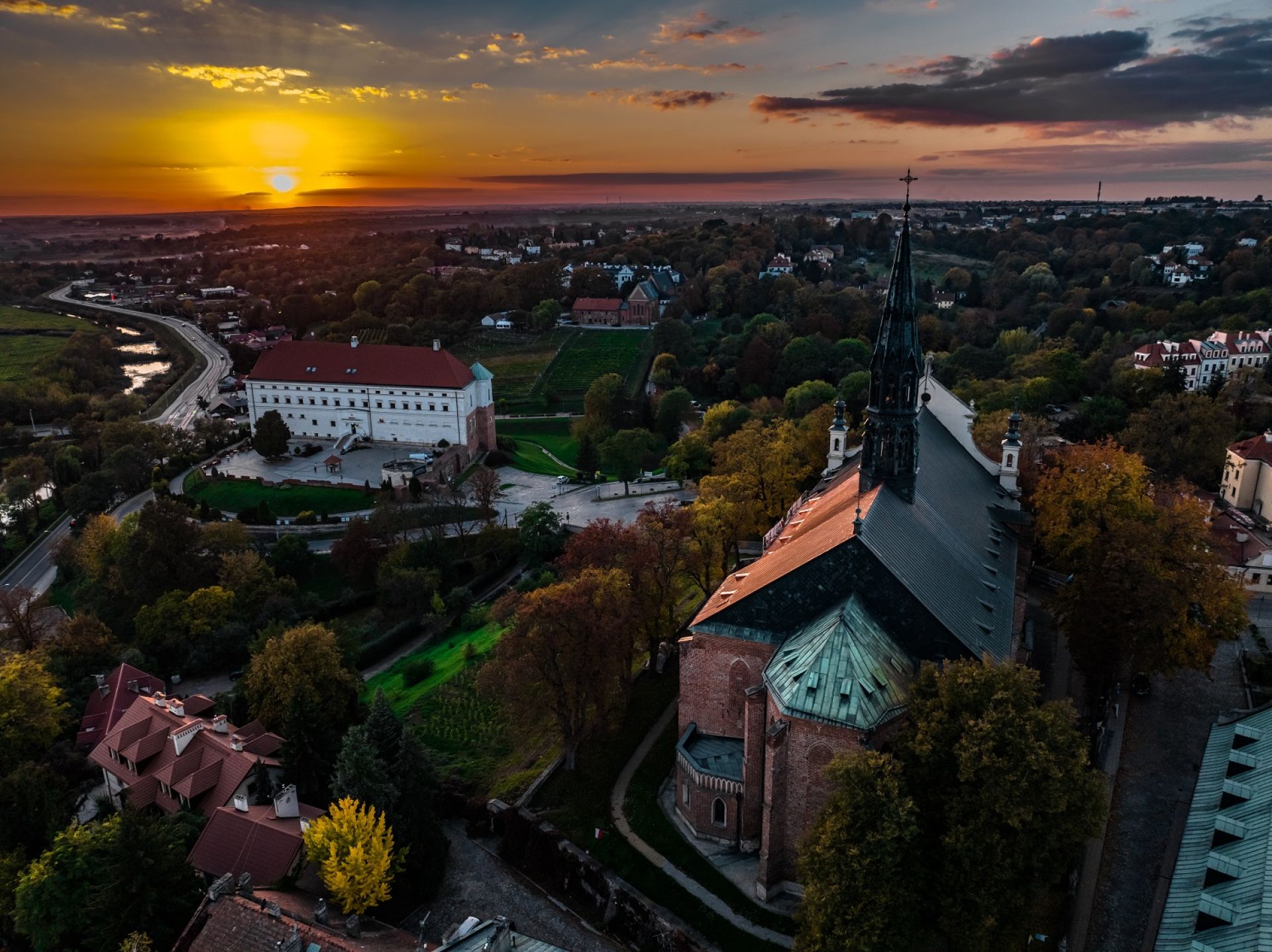
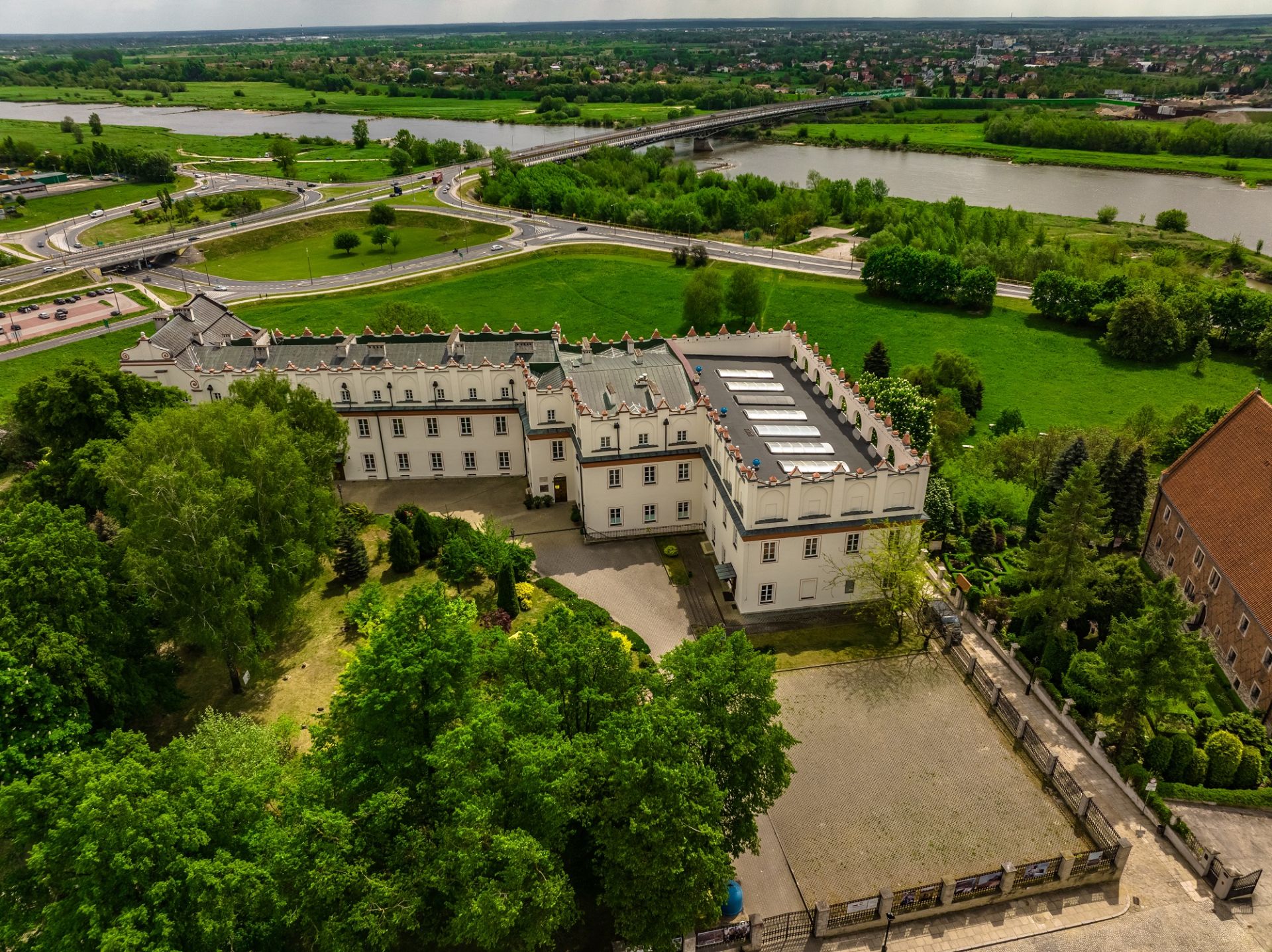
Długosz House - a Gothic building erected for the use of missionary priests in the 15th century, founded by Jan Długosz. Today, it houses the Diocesan Museum, where we can admire valuable works of ecclesiastical art (including a painting by Łukasz Cranach, Our Lady with Child and St Catherine from 1518)
The Needle's eye (Dominican Gate) - located near the market square between the townhouses; made in the ramparts as a passage for the monks of the Dominican monastery. Its present form dates from the 18th century.
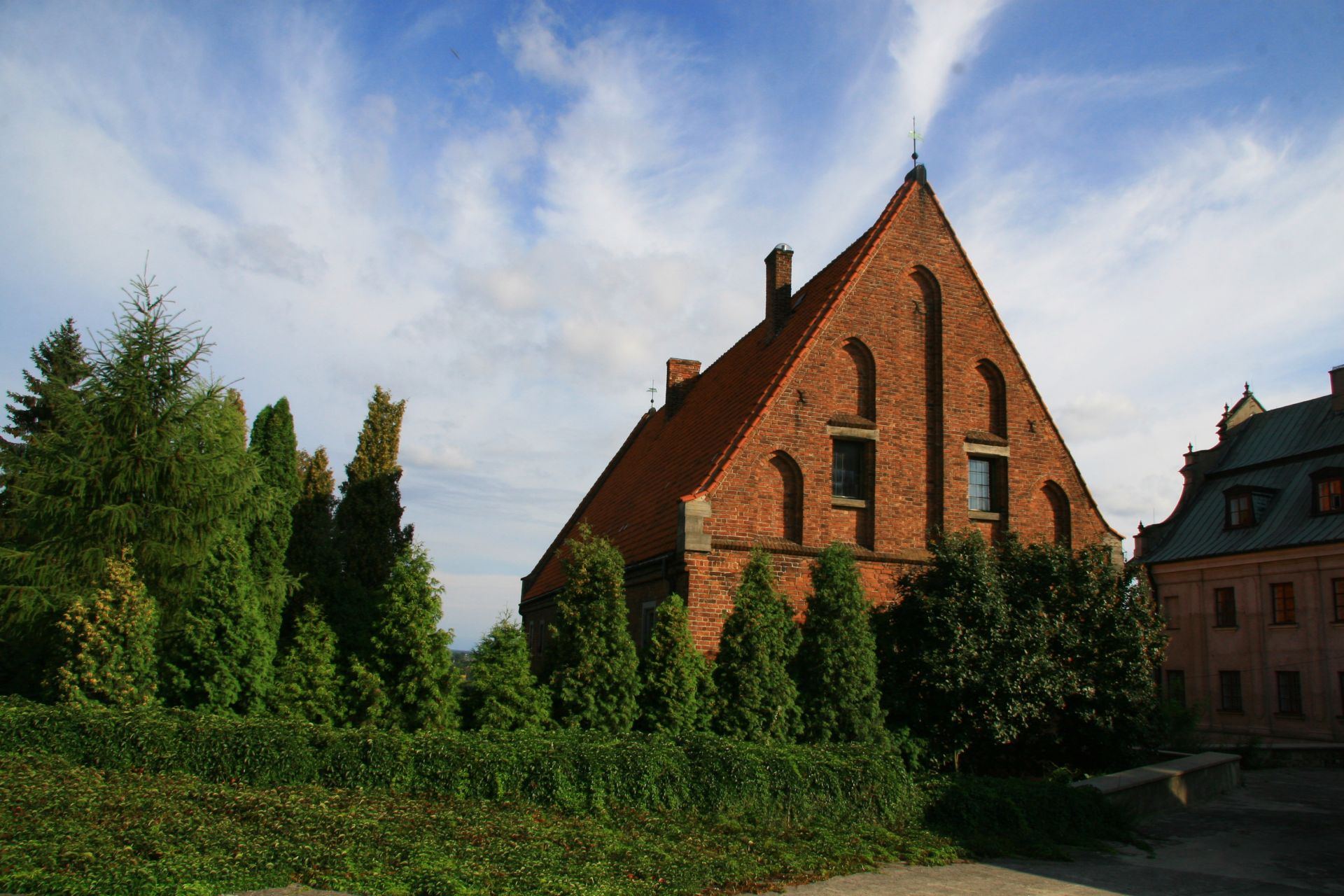
Natural attractions - in the immediate vicinity of the town there are charming ravines formed from loess soil. Among the most magnificent are the gorges of Queen Hedwig and "Piszczele". In Sandomierz, visiting the monuments of the past can also be combined with relaxation on the Vistula River, water boat rides or fishing.
These mountains, otherwise known as Pieprzówki (Pepper Mountains), were formed half a billion years ago! These rocks resemble peppercorns in colour and appearance and are protected as a nature reserve. Here you will find steppe and xerothermic vegetation, as well as the largest concentration of wild rose species in Poland.

If you want to feel like one of the characters from the hit TV series "Ojciec Mateusz" (Father Matthew), you must visit the World of Father Matthew exhibition. When strolling around the Market Square, look around carefully... perhaps you will spot Father Matthew himself riding his bicycle?
It's worth knowing
► In the Długosz House you will find the only collection of over 100 wood books
► St Jacob's Church is the second oldest Dominican monastery in Poland
► The Sandomierz chess set in the District Museum is one of the oldest sets of chess pieces in Europe. They are estimated to be from the 12th century.
► Behind the presbytery of the collegiate church, at No. 5, Jarosław Iwaszkiewicz often rented a flat. After the writer's death, the Jarosław Iwaszkiewicz Museum of Literature was located in "his" rooms for several years.
Zobacz także


